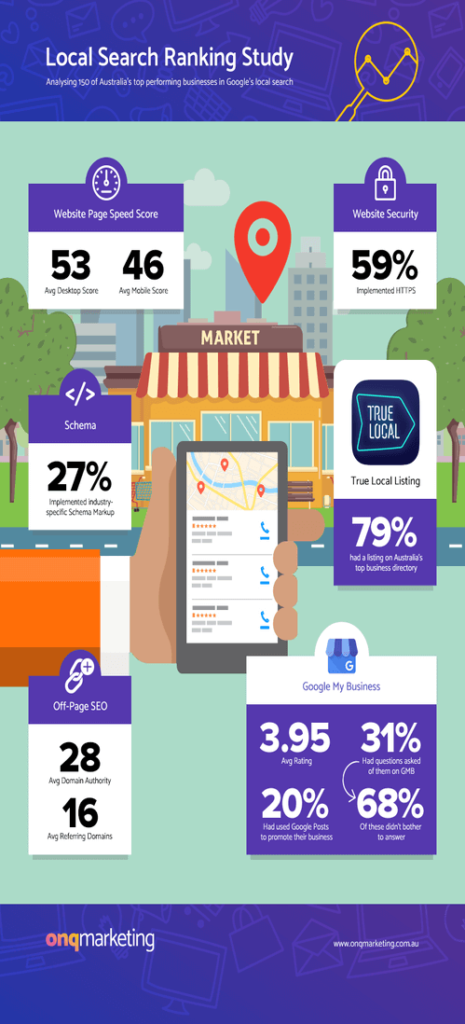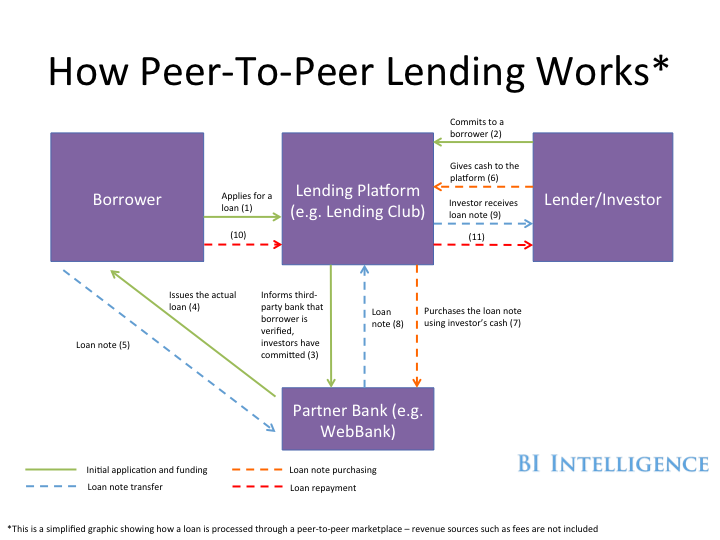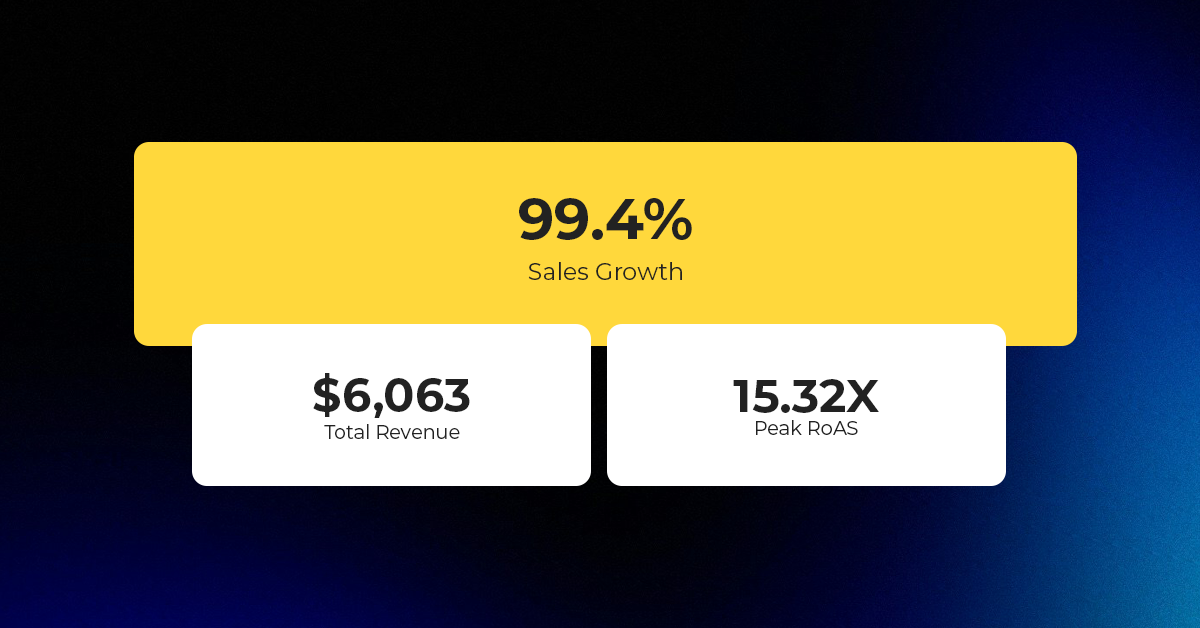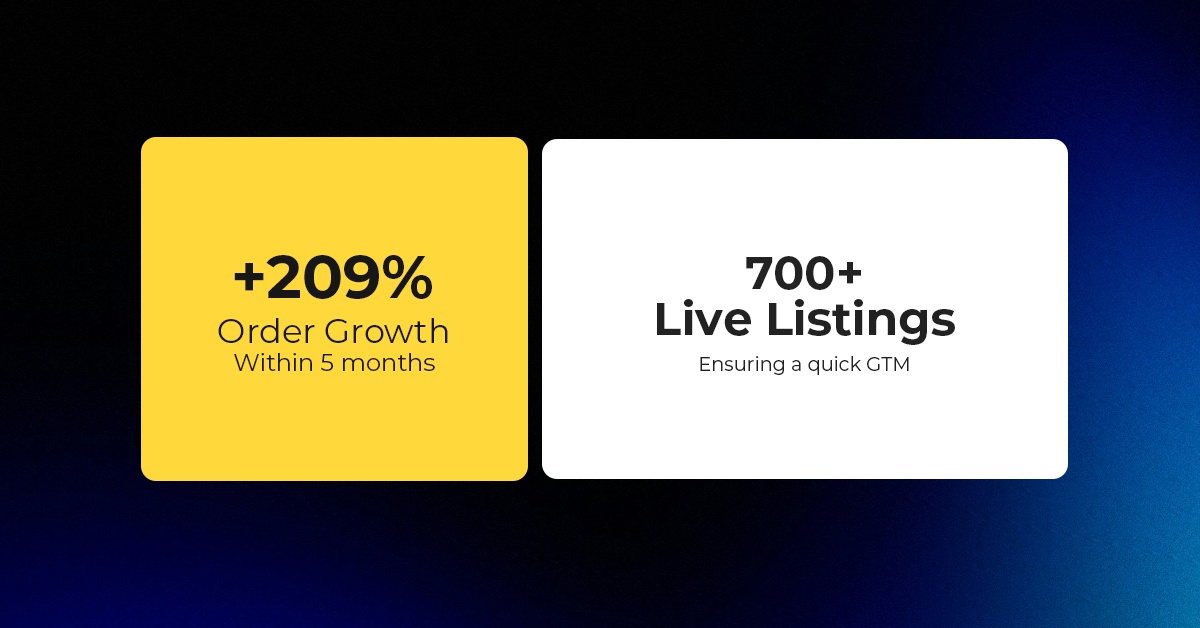Etsy Expands Payments Policy Globally; Instant Transfers Go Live for US Sellers
Reading Time: 3 minutesWhat’s changed Etsy has rolled out major updates to its Etsy Payments…
Peer-to-peer or shared marketplace is a constantly evolving vertical. Shared marketplace economy leverages technology to exchanges services between consumers Going by the name, Shared Marketplace is where several people utilize a single item or service, however, it will be unjust to its explanation if we only go by its name. This is a constantly evolving vertical where broadly speaking, a Shared marketplace economy leverages technology to match two or groups of individuals to exchange goods and services on mutually agreeable terms.
Image source: Visual.ly
However, in the view of an ever-evolving sharing economy, let’s try to define exactly what the sharing economy is, “It is an economic principle that is constantly evolving. It facilitates the exchange of products and services among multiple stakeholders through technology”.
Image source: eMarketer
Create a shared marketplace website with CedCommerce
The peer-to-peer market or Shared Marketplace economy is characterized by a high degree of heterogeneity. On one hand, buyers may be interested in specific products or services, and on the other hand, sellers may vary. This, in turn, creates a problem of matching appropriate buyers and sellers and figuring out personalized prices.
Image source: Entrepreneur
Hence an effective market must aggregate information successfully keeping the transaction costs minimum. Furthermore, it must reduce the time to sort through options and communicate the appropriate information.
Get solutions for your shared marketplace features
One solution for matching buyers and sellers is to centralize the process. This strategy is followed by on-demand services such as Uber. Whenever customers look for a ride, they only have to specify the type of service they want (e.g., a Black Car or an SUV) but not the specific driver. However, on the other hand, drivers receive a request and they can either choose to accept or decline. They are not shown where the rider wants to go. In this way, centralization keeps transaction costs for riders and drivers low.
Contrary to centralized systems, decentralized markets facilitate individual product choices. This market has diverse sellers presenting their wide range of available products and services. In such a market, creating streamlined and informative search processes becomes a challenge. Often the process begins with buyers specifying what they want. As they specify, relevant search results appear before them. This can be straightforward in some cases.
Image source: Statista
Any buyer searching for a used textbook on Amazon probably expects to get it quickly, reliably, inexpensively, and in good condition. Since Amazon has lots of data about customer behavior, it quickly displays all the information contextually. In contrast, buyers looking for a weekend apartment in Barcelona may prefer different neighborhoods and different types of apartments.
Airbnb too presents buyers with an initial set of options. But it also provides the flexibility to arrive at the desired result by applying multiple filters. For instance, it narrows down the location, apartment type, or price range.
The presentation of search results matters a great deal. Even where it seems as if buyers should be able to browse easily through multiple listings. In search advertising, buyers are about twice as likely to click a listing on the top position as they would be if it were moved one position down. The advertising markets run by Google and Facebook are prime examples of this. Whenever there is an opportunity to show an advertisement, they run spot auctions to allocate the opportunity. Users get what they want to see. Whereas advertisers submit bids targeted to certain keywords or demographics or browsing histories.

Rankings based on a “relevance score” and a multistage search process works fairly on eBay under alternative search designs. In this process, the buyer first chooses the exact product and then sees sellers ranked by price. Guiding buyers toward a price ranking can lead to a higher surplus. This happens only when the relevant product is clearly defined with few variants.
Have queries on shared marketplaces? Speak to CedCommerce experts anytime
Another search friction in Airbnb’s more complex apartment rental market is that even after buyers identify apartments of interest, many transactions fall through. Transactions can fail because the seller rejects the buyer. Or it may be because multiple buyers contact the seller at the same time. This congestion problem is also common in the Upwork online labor market. It results in part from showing buyers similar seller rankings in a setting where sellers have limited capacity.
Check suitable solutions for your shared marketplace.
The Internet enables peer-to-peer markets to use a wide array of different pricing mechanisms. eBay introduced the use of proxy bidding, which enabled dynamic auctions to run over a period of days without buyers being attentive at every minute.
Prosper, a peer-to-peer lending platform introduced an auction model where borrowers posted a maximum interest rate they were willing to pay, and lenders, in turn, were able to make offers at lower rates. Similarly, Online labor platforms such as Upwork allow buyers to post jobs and invite bids from potential suppliers. The Internet advertising markets run by Google, Facebook, and other firms also rely on spot auctions.

Contingent pricing-based models don’t require an auction. Airbnb, Etsy, and Amazon empower sellers to adjust the pricing in real-time, alternatively, it can be done through automated algorithms.
Nowadays peer-to-peer lending platforms use a proprietary algorithm to assess the riskiness of each potential borrower and set interest rates based on this score. Uber’s surge-pricing algorithm shows varied pricing of a ride as supply and demand conditions change. Hence in the contingent pricing-based business models, information collected and processed by the platform substitutes for the price-discovery benefit of an auction mechanism.
As a result, buyers quickly arrive at their preferences once they see different options. In practice, i.e. these business models create value through offering recommendations with a very high propensity for buyers to convert once they see desirable products. The key behind these valued recommendations is the heaps of buyer purchase history for example Amazon’s “people who bought X also bought Y” and user feedback reviews in the case of Netflix.
Image source: Mastercard
Sellers tend to use auctions for used goods or when they have less selling experience. More surprising is the fact that auctions have been in steady decline for more than a decade.
Read more: Top Online Marketplace Ideas For Entrepreneurs In 2021
When eBay started, it was not obvious that people would send money to nearly anonymous sellers or that these sellers would reciprocate by sending the promised items. Similarly, one might doubt that people would repay peer-to-peer loans, hire babysitters on the strength of a few online reviews, or rent rooms in their house to lightly vetted strangers. Yet all of these transactions seem to be workable.
Also read: How to build trust for your new online marketplace

Reading Time: 3 minutesWhat’s changed Etsy has rolled out major updates to its Etsy Payments…

Reading Time: 2 minutesWhat’s changed Walmart has introduced a new Shipping Score metric within its…

Reading Time: 3 minutesWhat’s changed Amazon has announced an additional $35 billion investment in India…

Reading Time: 4 minutesAbout the Brand: 40ParkLane LLC Studio40ParkLane is a design-led print-on-demand brand created…

Reading Time: 3 minutesAbout the Company Brand Name: David Protein Industry: Health & Nutrition (Protein…

Reading Time: 3 minutesOnline retail spending in Germany is entering a renewed growth phase after…

Reading Time: 4 minutesTikTok Shop has released a comprehensive Beauty and Personal Care Products Policy,…

Reading Time: 4 minutesTikTok Shop has formally outlined comprehensive requirements for expiration date labeling and…

Reading Time: 3 minutesTikTok Shop is raising its sales commission for merchants across five active…

Reading Time: 11 minutesBy now you have seen your BFCM 2025 numbers. The harder question…

Reading Time: 3 minutesAbout the Brand Name: Vanity Slabs Inc Industry: Trading Slabs- Vanity Slabs…

Reading Time: 2 minutesAbout the Brand Name: Ramjet.com Industry: Automotive Parts & Accessories Location: United…

Reading Time: 2 minutesAmazon is rolling out strategic referral fee reductions across five major European…

Reading Time: 4 minutesQuick Summary: Scaling Lifestyle Powersports on eBay with CedCommerce Challenge: Zero marketplace…

Reading Time: 4 minutesTikTok has surpassed 460 million users across Southeast Asia, reinforcing its position…

Reading Time: 3 minuteseBay has released its final seller news update for 2025, with a…

Reading Time: 3 minutesAmazon has clarified its stance regarding speculation around a potential breakup between…

Reading Time: 4 minutesWalmart is accelerating its push into next-generation fulfillment by expanding its drone…

Reading Time: 4 minutesFaire, the fast-growing wholesale marketplace connecting independent retailers with emerging brands, has…

Reading Time: 4 minutesB2B buying in the United States is undergoing a fundamental behavioral shift…